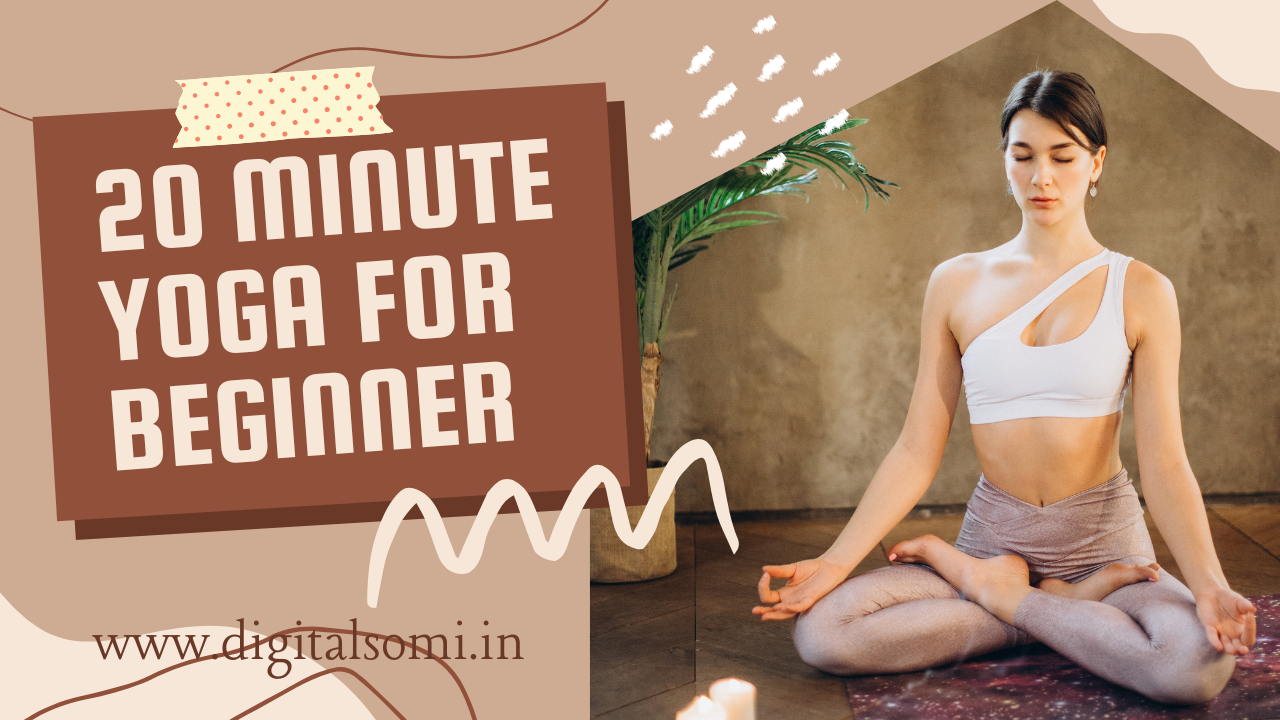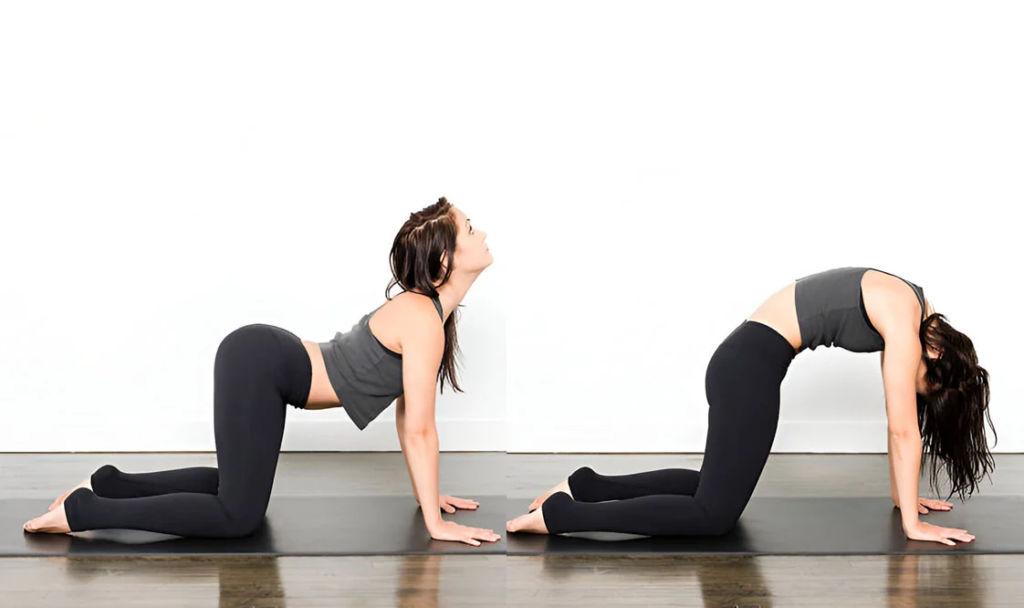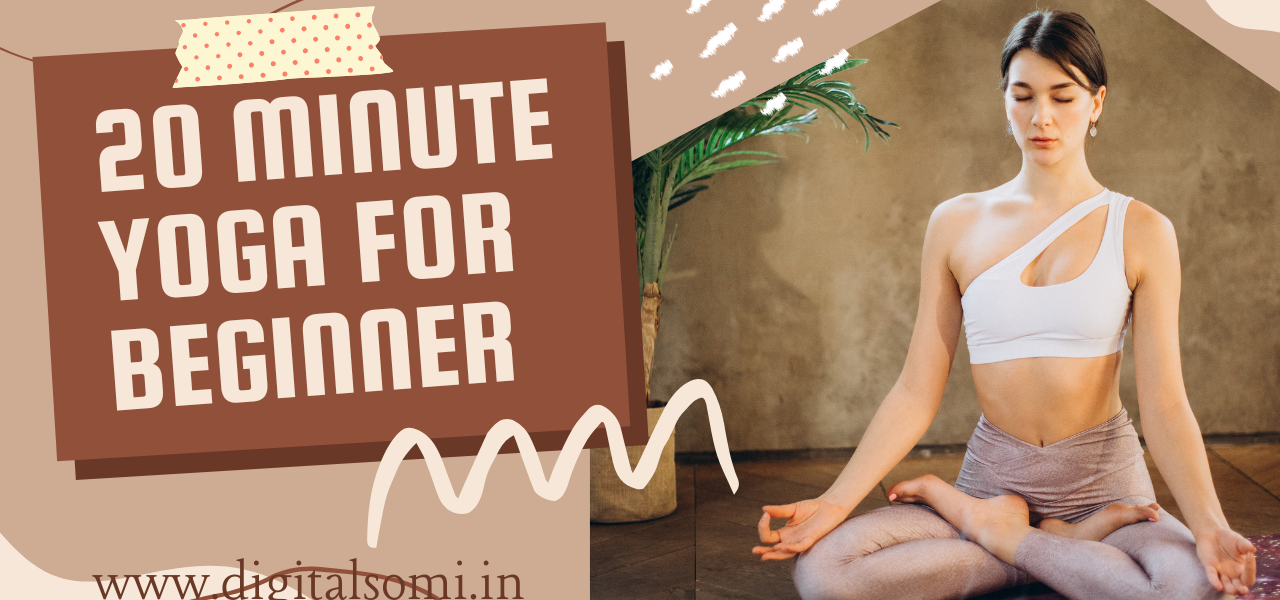Yoga for beginners is an incredible way to improve physical, mental, and spiritual well-being. Whether you’re looking to increase flexibility, build strength, or reduce stress, yoga offers a holistic approach to fitness. Starting with simple yoga poses for beginners can help you create a strong foundation, build confidence, and gradually deepen your practice.

Why Start Yoga?
Yoga is more than just physical exercise; it’s a holistic practice that unites the body, mind, and breath. For beginners, yoga can be a gentle way to enhance mobility, reduce stress, and develop better body awareness. Incorporating even a short daily practice can improve energy levels, relieve tension, and promote overall health.

Beginner-Friendly Yoga Poses
Mountain Pose (Tadasana)

- How to Do It: Stand with feet hip-width apart, your shoulders relaxed, and your arms at your sides. Engage your thighs, lengthen your spine, and feel the crown of your head lifting toward the ceiling.
- Benefits: Tadasana improves posture and alignment while increasing awareness of the body’s position. This foundational pose is grounding, helping you feel balanced and steady.
Downward-Facing Dog (Adho Mukha Svanasana)

- How to Do It: Start on all fours, lift your hips toward the ceiling, and straighten your legs to create an inverted V shape. Spread your fingers and press into your palms as you reach your heels toward the floor.
- Benefits: This pose strengthens the upper body, stretches the hamstrings and calves, and relieves tension in the spine. It’s a great full-body stretch that helps energize the body.
Cat-Cow Pose (Marjaryasana-Bitilasana)

- How to Do It: Begin on all fours with hands under shoulders and knees under hips. Inhale as you arch your back, lifting your chest and tailbone (Cow Pose), and exhale as you round your spine, drawing your belly button to your spine (Cat Pose).
- Benefits: This gentle flow increases spine flexibility, improves posture, and relieves back and neck tension. It also helps sync movement with breath.
Child’s Pose (Balasana)

- How to Do It: Kneel on the mat, bring your big toes together, and sit back on your heels. Extend your arms forward and rest your forehead on the mat.
- Benefits: Child’s Pose is deeply relaxing, releasing tension in the back, shoulders, and hips. It also encourages mindful breathing and is a safe resting pose during your practice.
Tree Pose (Vrksasana)

- How to Do It: Stand with feet together, shift your weight onto one foot, and place the sole of the opposite foot on the inner thigh or calf (avoid the knee). Bring your palms together in front of your chest and focus on a point in front of you to maintain balance.
- Benefits: Tree Pose improves balance and concentration, strengthens the legs and core, and encourages a sense of stability and focus.
Corpse Pose (Savasana)

- How to Do It: Lie flat on your back with your arms at your sides and palms facing up. Close your eyes, relax your body, and focus on your breath.
- Benefits: Savasana allows the body and mind to rest, recover, and absorb the benefits of the practice. It’s an essential part of any yoga session for relaxation and stress reduction.
The Benefits of Practicing Yoga Regularly

Yoga offers a wide range of benefits, from enhancing physical health to improving mental clarity. Here are a few of the most impactful: click here
- Improves Flexibility and Strength: Regular yoga practice gradually increases flexibility in muscles and joints, while poses like Downward-Facing Dog and Tree Pose help build strength.
- Boosts Mental Health: Yoga has been shown to reduce anxiety and stress, promoting calmness and clarity. Focusing on breath and movement helps quiet the mind.
- Enhances Respiratory Health: Breathing exercises (pranayama) in yoga improve lung function and oxygenate the body, increasing energy and vitality.
- Promotes Better Posture: Many yoga poses work to realign the spine, strengthen the core, and counteract the effects of poor posture from daily activities.
- Encourages Mindfulness and Presence: Yoga encourages you to be fully present, noticing your breath and the sensations in your body. This awareness can lead to a more mindful approach to life off the mat.
Tips for Yoga Beginners

- Start Slowly: It’s best to begin with short sessions and gradually increase the duration as your comfort level grows.
- Focus on Breathing: Breath is the core of yoga. Concentrate on deep, steady breaths that synchronize with your movements.
- Practice Regularly: Consistency is key to experiencing the benefits of yoga. Even 10–15 minutes a day can make a difference.
- Listen to Your Body: Avoid pushing too hard or straining. Yoga should feel good, not painful. Respect your body’s limits.
Final Thoughts
Yoga is a journey of self-discovery and self-care, perfect for beginners looking to improve their physical and mental well-being. By practicing these foundational poses, you can start to experience the calming, restorative, and strengthening effects of yoga in your life.
With time and practice, yoga can become a valuable tool for holistic health and a way to reconnect with your inner self. Enjoy your journey! click here







That is a good tip particularly to those fresh to the blogosphere.
Short but very accurate information… Thank you for sharing this one.
A must read article!